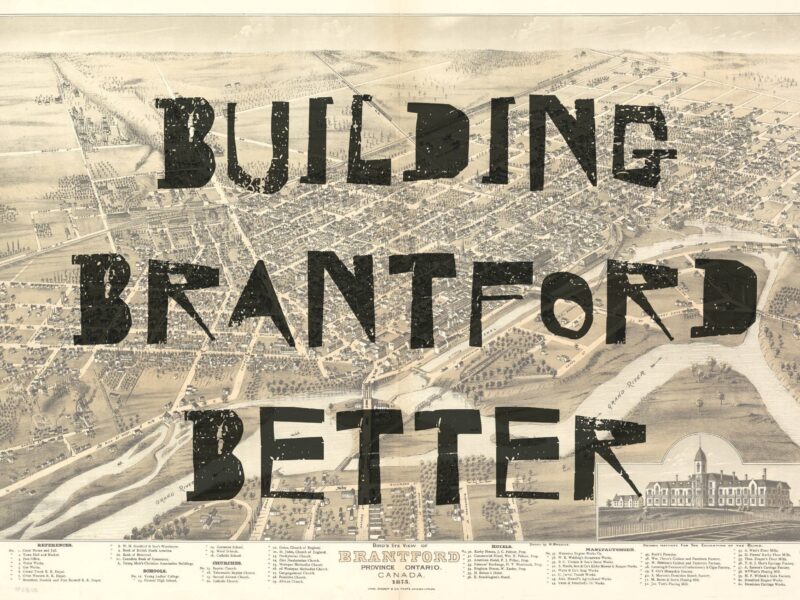– Graeme Gordon, staff
In 2004, Salman Khan was a successful hedge fund analyst when he began tutoring his cousin in mathematics. Using the internet, Khan taught his cousin, Nadia, long-distance by creating video-lectures on YouTube. The videos meant for the sole purpose of teaching his one cousin became useful lessons for thousands of other web-users who fell upon his web-lectures. After the popularity from his first online tutorials–as well as feedback such as, “first time I smiled doing a derivative”–Khan had an epiphany that his videos intended for his one cousin could in fact be used universally to teach people around the world.
By 2006, Khan had founded the Khan Academy, an NGO that now has an online library of over 3,000 lectures, teaching subjects like arithmetic, physics, finance, and history. In 2009, Khan had quit his corporate job and began to devote all his time towards his academy.
“With so little effort on my own part, I can empower an unlimited amount of people for all time. I can’t imagine a better use of my time,” says Khan.
Since the academy’s inception it has grown exponentially, now boasting over 133 million lessons delivered. Khan has taught an astronomically higher amount of students virtually than any one traditional teacher can accomplish teaching in a lifetime. Khan is now looking to revolutionize the education system from what it is today. On an appearance as a speaker at a TED (Technology, Entertainment and Design) talk; Khan explained how his method of teaching is changing classrooms. “I started getting letters from classrooms and the teachers would write saying we’ve used your videos to flip the classroom. You’ve given the lectures so what we do now, and this could actually happen in every American classroom tomorrow … is I assign the lectures for homework and what used to be homework I now have the students doing in the classroom,” says Kahn.
Khan’s lectures can free countless teachers and their colleagues from the burden of teaching the exact same lessons over-and-over again to countless classrooms across the globe. Instead, students can now learn in, what Khan calls, the intimacy of their own home, at their own pace. Now a lecture on derivatives, which was previously taught across the globe by a multitude of teachers with their own separate classrooms, is consolidated into one online lecture-for-all. Khan is ecstatic with the prospects of Khan Academy in revolutionizing the classroom, “By removing the one-size-fits-all lecture from the classroom and letting students have a self-paced lecture at home and then when they go to the classroom, letting them do work, letting the teachers walk around, having the peers actually interact with each-other, these teachers have used technology to humanize the classroom.”
Under Khan’s educational system, classrooms no longer have to be a monologue of oration from the teacher, but a dialogue between the teacher, students, and peers. Khan sees his online lectures as emancipating the teacher to allow them to spend their time working with their students instead of dictating.
There are critics though. A Wire Magazine article about Khan and his academy presents some detractors. These educational experts claim that Khan Academy is just rote (memorization without full grasp of concepts). These critics, according to the article, are upset that Khan’s lessons do not allow for constructionist learning, a form of learning that allows students to learn concepts on their own.
A strong supporter of Khan Academy is Bill Gates, who also invited Khan to Speak at TED, “I see Sal Khan as a pioneer in an overall movement to use technology to let more and more people learn things, know where they stand. It’s the start of a revolution.” Gates is looking to use his foundation to help support Khan’s worthy cause. Google has also helped Khan financially, providing $2 million.
Throughout the entire process the foundation has remained free for all. This also has the implication of making learning more accessible to the poor. As internet access increases across the globe, more and more people will also be able to educate themselves using Khan Academy.
Other benefits of the academy are its practice exercises or testing and real-time data reports or evaluation. These features allow students to test themselves and be evaluated instantaneously after watching lessons. This eliminates the slow process and separation of lecturing, testing and marking. Now students can learn, apply and get feedback all at once.
Khan sees the traditional method of teaching as being full of disconnect, “… a fundamentally dehumanizing experience–30 kids with their fingers on their lips, not allowed to interact with each-other. A teacher, no matter how good, who has to give a one-size-fits-all lecture to 30 students, blank faces, slightly antagonistic. And now it’s a human experience, now they are actually interacting with each other,” said Khan.
From the lecture halls here at Laurier Brantford, one can see his point. With many students distracted by their computers, others unable to keep up with the pace of the lecture, Khan Academy could facilitate interaction between professors and students. With Khan Academy still in its beginnings, the possibilities for the future of the education system are limitless.



